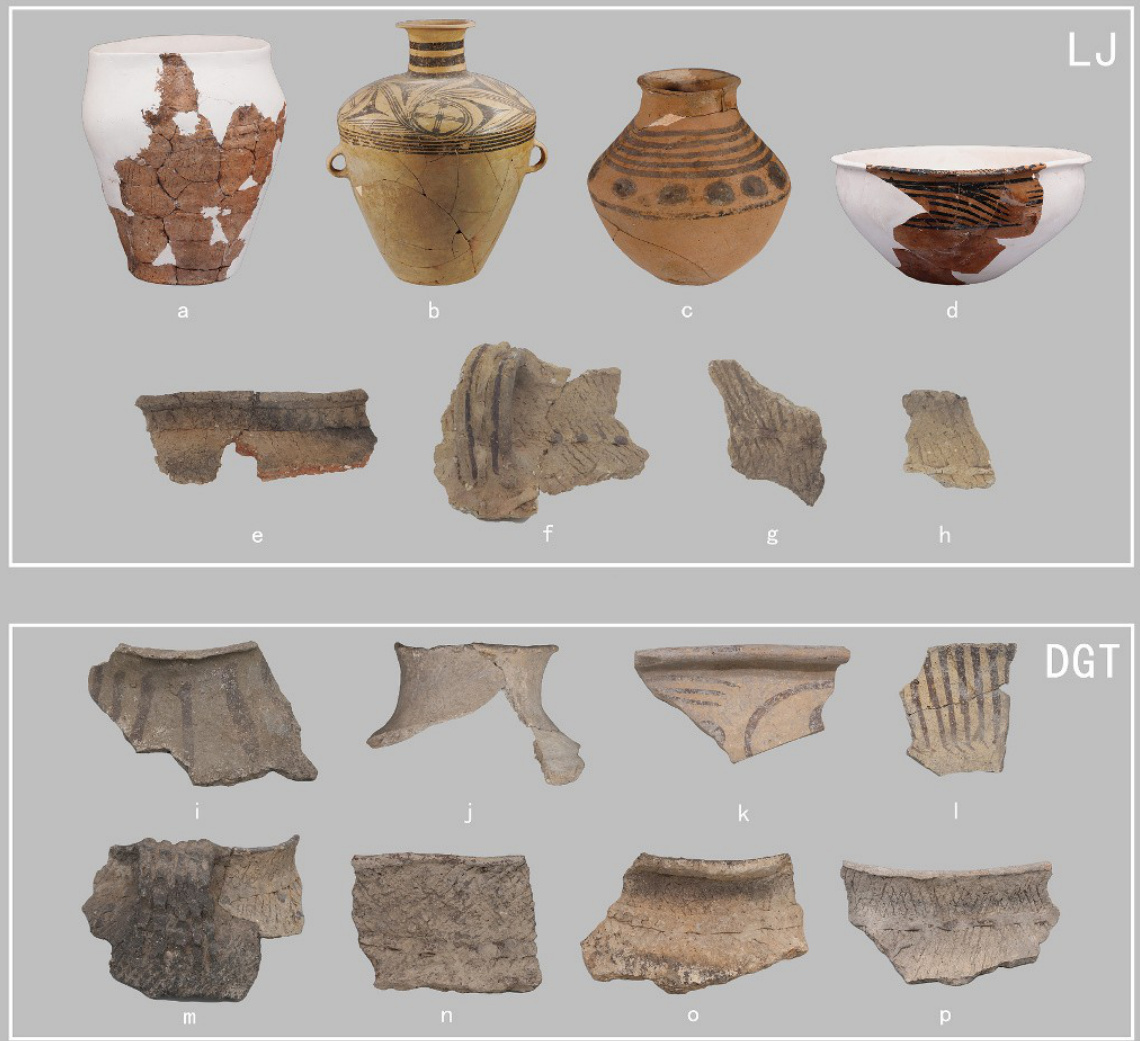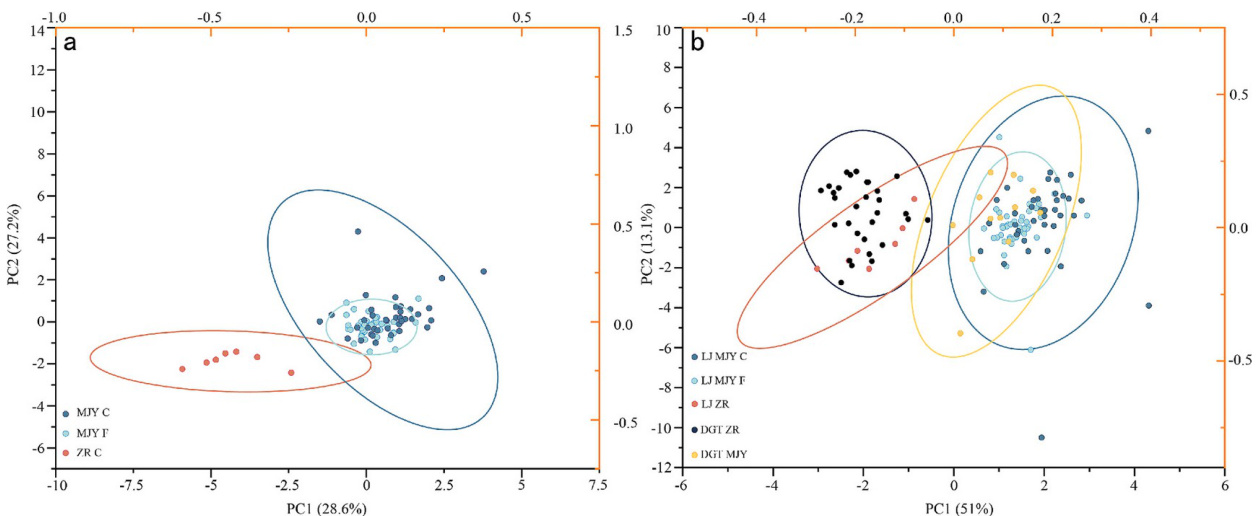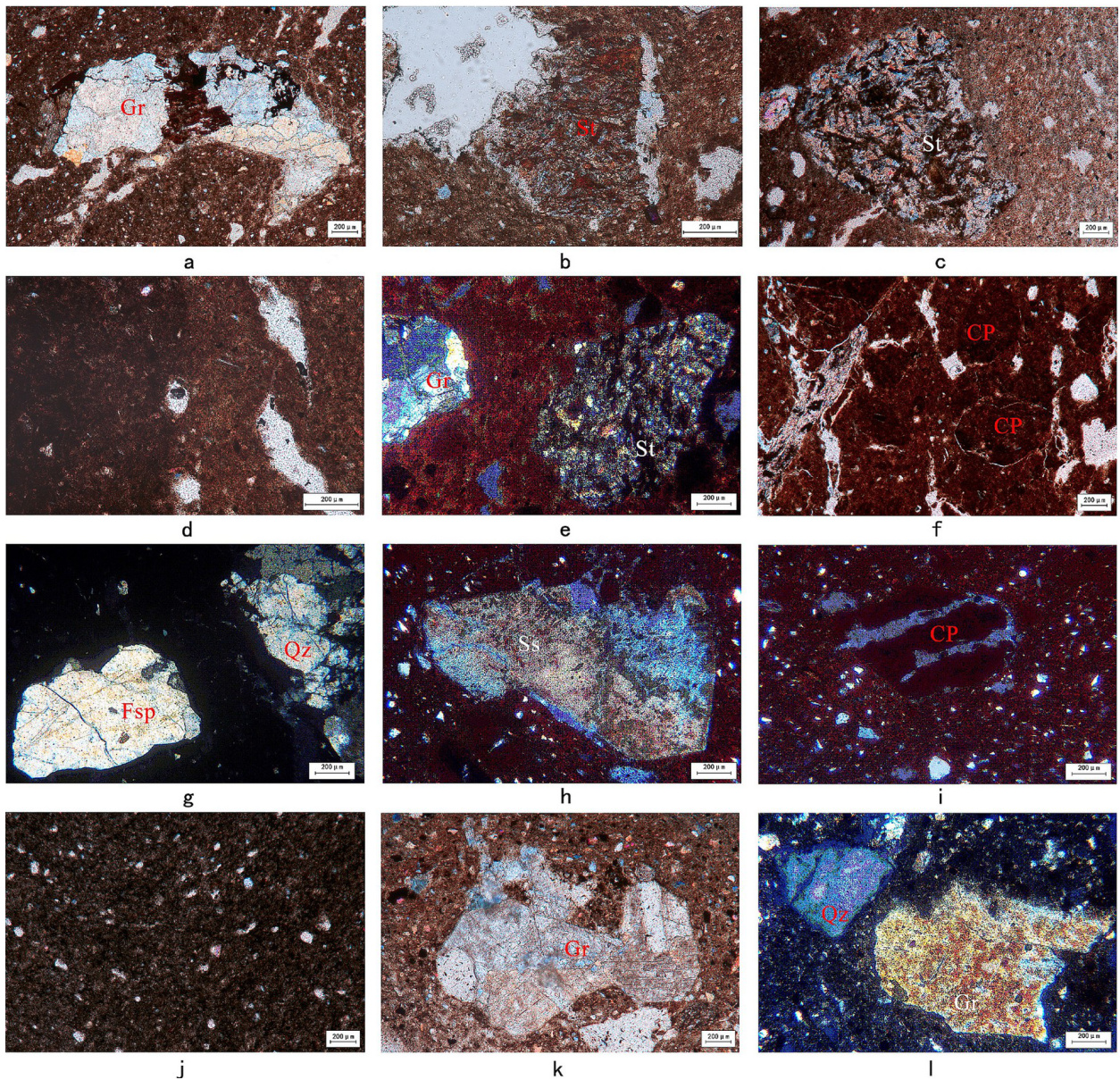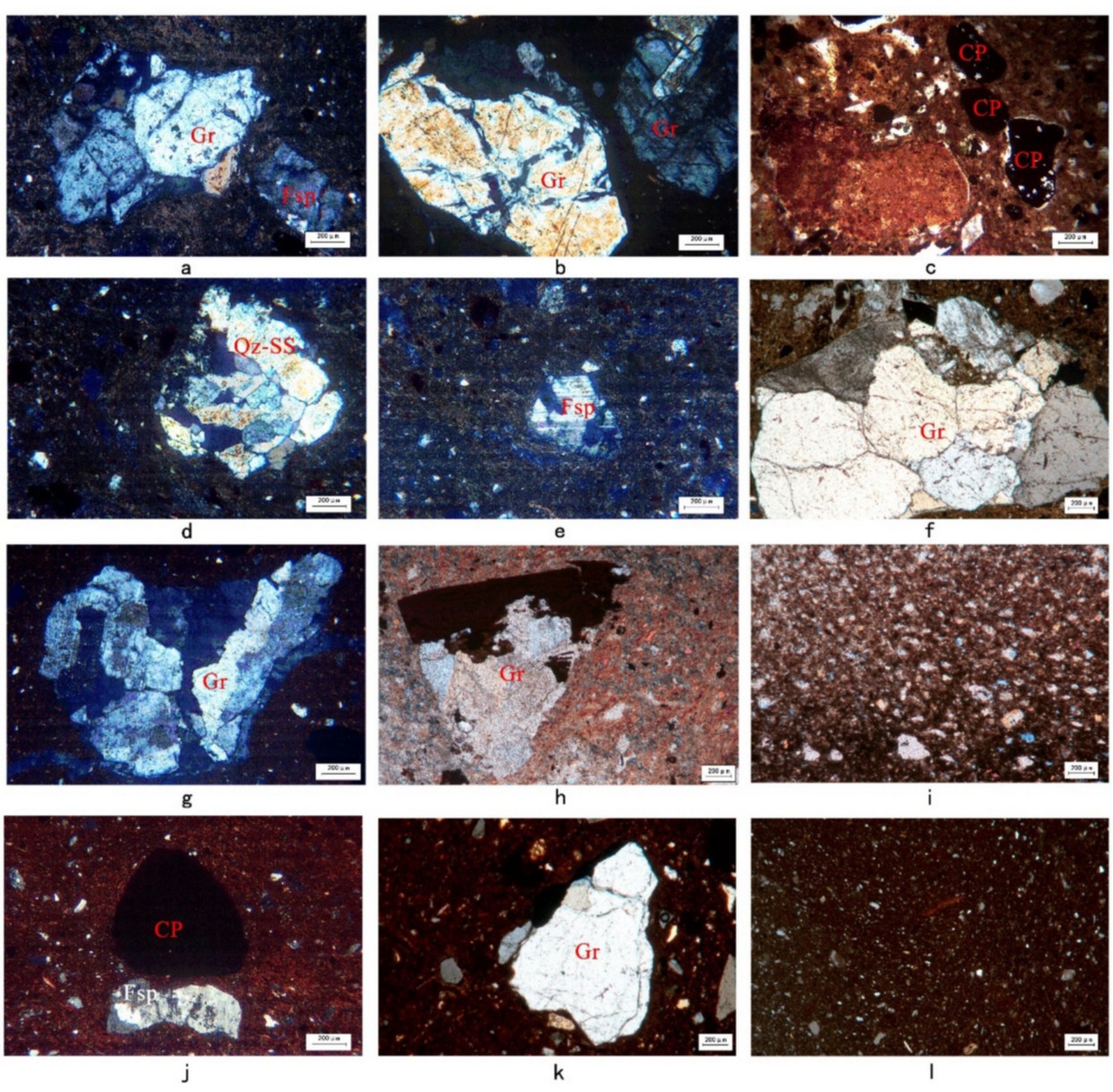J. Archaeol. Sci.: Rep.|Pottery Production and Exchange between the Majiayao and Zongri Cultures on the Northeastern Tibetan Plateau
Recently, the Center for Archaeological Sciences, Sichuan University, in collaboration with the Qinghai Provincial Institute of Cultural Relics and Archaeology, published a paper titled "Interregional interaction between the Majiayao culture and the Zongri culture on the northeastern Tibetan Plateau: New evidence from the pottery production and exchange" in the international archaeological journal *Journal of Archaeological Science: Reports*. The first author is Luo Yingjie, a doctoral candidate at the Center for Archaeological Sciences. The corresponding authors are Associate Professor Du Zhanwei and Assistant Researcher Meng Qi from the Center for Archaeological Sciences. Co-authors include Research Curator Wang Qianqian, Research Curator Qiao Hong, Associate Research Curator Du Wei, and Associate Research Curator Li Jiyuan from the Qinghai Provincial Institute of Cultural Relics and Archaeology; Curator Zhen Qiang from the Jiaxing Institute of Cultural Relics Protection and Archaeology; Professor Li Haichao, Professor Yu Mengzhou, and Professor Lü Hongliang from the Center for Archaeological Sciences; and Professor Cui Jianfeng from the School of Archaeology and Museology, Peking University.
The northeastern margin of the Tibetan Plateau, a transitional zone between the Loess Plateau and the Tibetan Plateau with diverse ecological environments, has always been an important region for exploring the diversity of prehistoric cultural development. During the Late Neolithic period, the Majiayao culture was primarily distributed in the lower-altitude Hehuang Valley within the region, while the Zongri culture was distributed in the higher-altitude Gonghe Basin. Their interaction patterns have long been a subject of academic attention. Some scholars believe that the Zongri culture emerged from the westward expansion of Majiayao agricultural groups from the eastern lowlands and their contact with the indigenous hunter-gatherer populations of the Gonghe Basin. In this process, the introduction of agriculture and pottery-making technology is considered one of the significant influences of the Majiayao people on the Zongri people. The westward expansion of the Majiayao culture led to the emergence of distinctive Zongri-style pottery within the Zongri culture. Due to the lack of Zongri cultural remains within the Majiayao cultural distribution area, based solely on the aforementioned evidence, the Zongri culture appeared to be unilaterally influenced by the Majiayao culture.

Pottery excavated from the Lajia and Dongguotan sites (Top: Lajia, Bottom: Dongguotan; a-e, o are Majiayao-style pottery, f-n, p are Zongri-style pottery)
In recent years, the research team conducted systematic field excavations at the Lajia site, located in the Hehuang Valley. In ash pits dating to the late Majiayao culture period, they discovered Zongri-style pottery coexisting with Majiayao-style pottery. This is the first discovery of Zongri cultural remains with a clear excavation context within the core area of the Majiayao culture. Were these Zongri-style pottery items imported from the Zongri cultural area (Gonghe Basin), or were they merely locally produced imitations of the style?
Based on this, the research team used pottery samples excavated from the Lajia site in the Hehuang Valley and the Dongguotan site in the Gonghe Basin. Employing a combination of X-ray fluorescence spectrometry (XRF) and petrographic analysis methods, they investigated pottery raw material selection and production techniques from the perspective of paste chemical composition and microstructure. Through systematic analysis of 128 pottery sherds, combined with principal component analysis (PCA) and petrographic grouping of pottery, the study revealed differences in raw materials and exchange patterns between the two cultures' pottery. For the first time, scientific archaeological methods have confirmed bidirectional interaction between the Majiayao and Zongri cultures.

(a) Principal component analysis of the chemical composition of Majiayao coarse-tempered pottery (MJY C), Majiayao fine-paste pottery (MJY F), and Zongri coarse-tempered pottery (ZR C) from the Lajia site; (b) Principal component analysis of the chemical composition of pottery from the Lajia (LJ) and Dongguotan (DGT) sites (MJY: Majiayao; ZR: Zongri; C: Coarse-tempered; F: Fine-paste).
The research results show that the Zongri-style pottery excavated from the Lajia site is highly consistent in chemical composition and petrographic characteristics with the Zongri pottery from the Dongguotan site in the Gonghe Basin. Both were made using high-alumina, low-calcium clay, and their pastes both contained abundant angular granite fragments. In contrast, the Majiayao-style pottery, which constitutes the main body of the site's ceramics, was made using high-calcium clay. Their pastes often contained relatively well-rounded metamorphic rock fragments, as well as granodiorite and quartz diorite fragments. These findings suggest that the Zongri-style pottery from the Lajia site may have originated directly from the core area of the Zongri culture. The Majiayao-style fine-paste painted pottery from the Dongguotan site is consistent in composition with similar pottery from the Lajia site, not ruling out the possibility of it being an import. Additionally, a small amount of Majiayao-style coarse-tempered pottery containing local rock fragments was found at the Dongguotan site, indicating that local production of Majiayao-style pottery likely existed within the Gonghe Basin.
The evidence of pottery exchange mentioned above shows that there was bidirectional interaction between the Majiayao and Zongri groups, breaking the previous understanding of "unidirectional transmission." This indicates that a complex interregional interaction network had already formed on the northeastern margin of the Tibetan Plateau during the Late Neolithic period. The paper proposes that the interaction between the Lajia site and the Gonghe Basin might have been realized through population mobility, such as small-scale group migrations or technological exchange. This achievement not only deepens the understanding of the prehistoric cultural landscape of the Tibetan Plateau but also provides new evidence for the interregional interaction networks of plateau societies during the Neolithic period.

Petrographic photographs of representative pottery from the Lajia site

Petrographic photographs of representative pottery from the Dongguotan site
Written by: Luo Yingjie Reviewed by: Du Zhanwei
